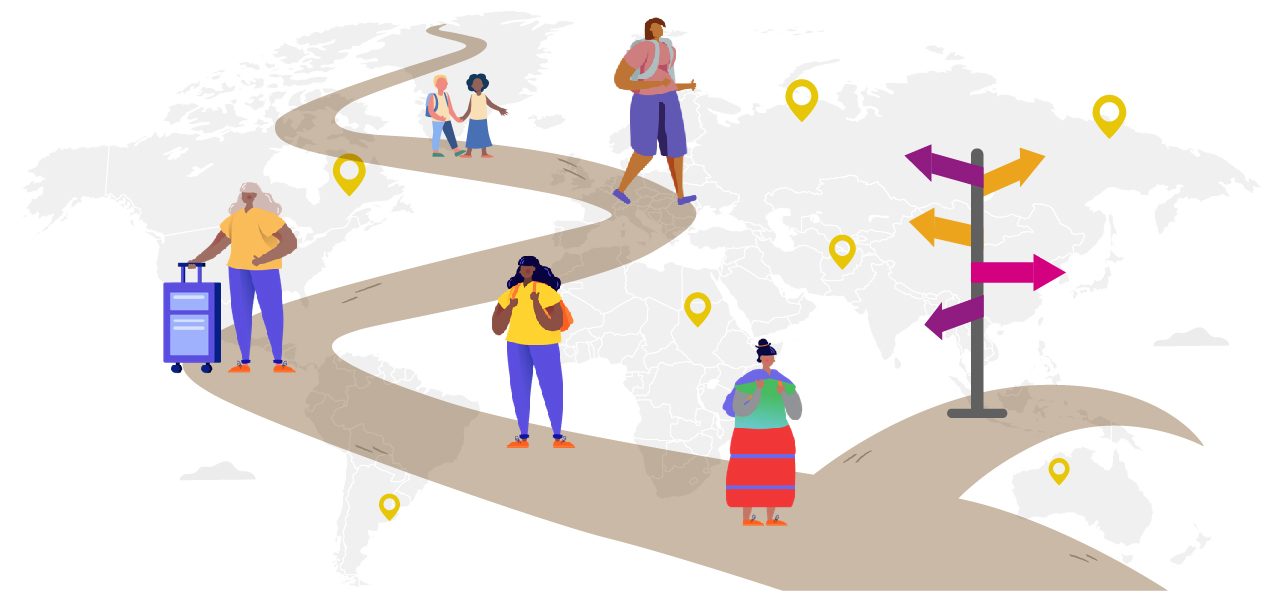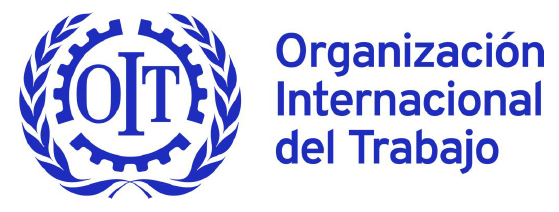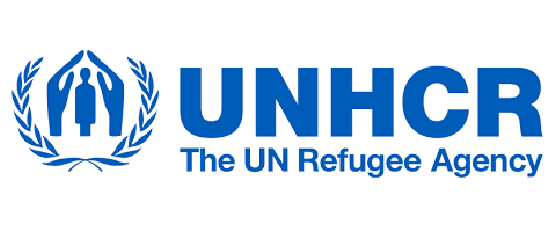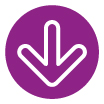Projects
Migrant workers.
Human mobility, socio-labor inclusion and local governments: A guide for the formulation of public policies from a human rights approach.

What are the obstacles for migrants when they arrive in a city in search of work?




What do we want to change?
It is estimated that there are around 10 million people in the context of human mobility in Latin America who have specific protection needs and who cross borders in search of better living conditions and access to their fundamental rights. As ECLAC (2022) has documented, migrant people make a great economic, social and cultural contribution to the sustainable development of destination societies. However, despite these contributions, migrants and refugees face significant barriers such as labor market structures in host countries, access to documentation, discrimination and xenophobia, lack of information, lack of accessibility of institutional channels, administrative challenges, among others.

What is our contribution?
Achieving the socio-economic integration of migrants, refugees and asylum seekers should be part of the agenda of governments throughout the region. Pur-ple developed, together with the ILO, UNHCR and IOM, a Guide for public servants that presents guidelines, practical recommendations and good experiences for the socioeconomic inclusion of people in a situation of human mobility.

And what is the particular situation of migrant women?
Monica’s story
We dared to generate a different process of sensibilization and cultural transformation in public servants. We told, through a cartoon, the life of Monica, a migrant woman who arrives with her daughter and son to another country in search of new and better opportunities. Her story represents thousands of migrant women who go through very complex daily situations and who need an urgent response from all Latin American governments.

